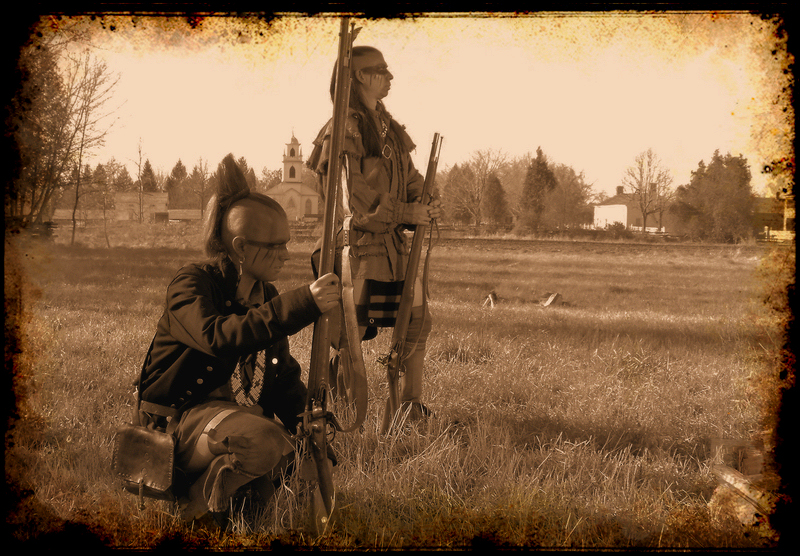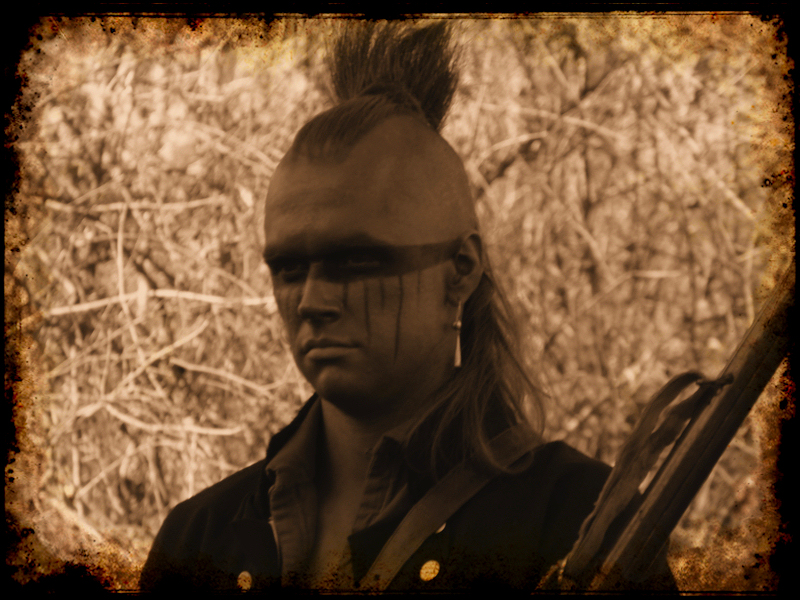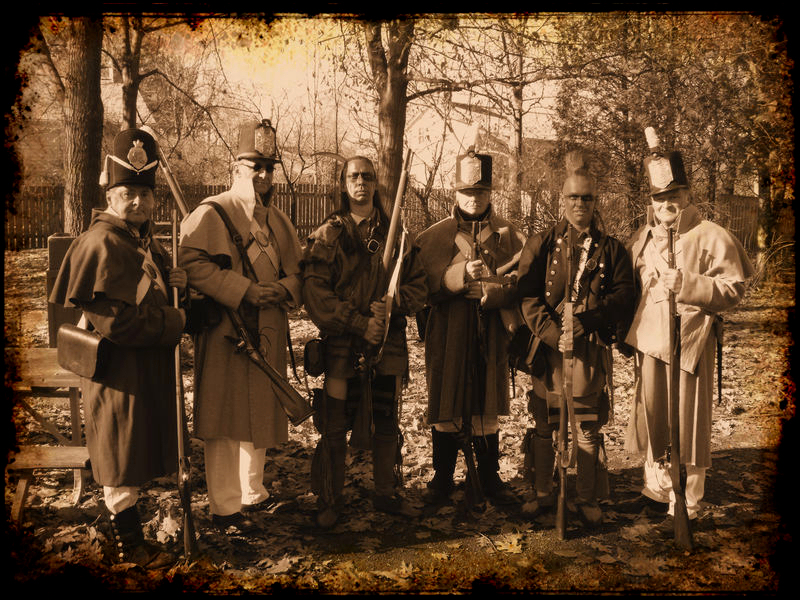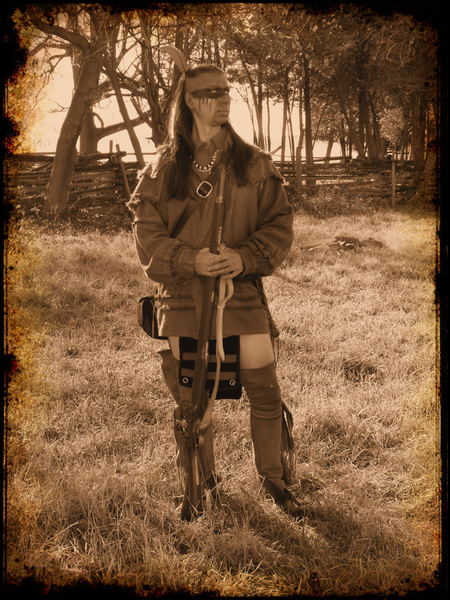


|
To historian Wesley B. Turner, one of the most curious aspects of the War of 1812 is that both sides thought they won it. The opposite seems true for the people of Akwesasne, who fought on both the British and American sides of the conflict and suffered losses as the result of it. Most of the great wars of early American and Canadian history were really just the North American theater of whatever war was being waged in Europe. The War of 1812 was a spillover of the Napoleonic Wars as much as it was the “sequel” to the American Revolution. With the storms of war rumbling in the distance, Akwesasne and other native communities were asked to remain neutral. For the most part, they were able comply, but there were a number of individuals who ended up in the fight, some of them paying the ultimate price for doing so. |

|
Akwesasne was the site of at least one skirmish during the war due to its location on the border between the American and British territories. The British built a blockhouse in St. Regis village near the Roman Catholic church and stationed a small detachment of Voyageurs there to keep an eye on things. Early one morning in October of 1812, they were overwhelmed by a force of American soldiers from Plattsburgh. The British later retaliated by attacking the small fort at French Mills in present-day Fort Covington. Several notable Akwesasne residents rallied to the American cause, possibly due to their earlier involvement in the American Revolution on the side of the patriots. Others felt compelled to take up arms for Great Britain, our partners in the Covenant Chain of Peace and Friendship. These warriors were credited with helping to block an American invasion of Canada, but suffered the loss of their homes for breaking the neutrality. The division engendered by the conflict persisted long after the last shot was fired. The US/Canada border, which had largely been ignored by the Akwesasne community up to that point, became a reality, with lists created to determine “British” and “American” Indians. With the permanent bifurcation of the community into an American reservation and a Canadian reserve, the memory of the war and its bitter aftermath still lingers. |

|
The following are some of the historical sources that document Akwesasne’s involvement in the War of 1812. * * *
Letter from President Thomas Jefferson to Colonel Louis Cook and Captain Jacob Francis May 5, 1808
Newspaper Account of “General” Louis in Plattsburgh October 2, 1812
Colonel Edward Baynes to Captain Macdonell, Canadian Voyageurs Oct. 16, 1812
Affair at St. Regis by Major Guilfred D. Young October 24, 1812
Extracts from A History of St. Lawrence and Franklin Counties, New York by Franklin B. Hough, 1853
Extract from Battles of the United States by Sea and Land by Henry B. Dawson, 1858
Extract from Gazetteer of the State of New York by John Homer French, 1860
Extract from 1812, The War and It’s Moral: A Canadian Chronicle by William F. Coffin, 1864
Extract from The Pictorial Field Book of the War of 1812 by Benson J. Lossing, 1869
Extract from The History of the County of Huntingdon and of the Seigniories of Chateaugay and Beauharnois by Robert Sellar, 1888
Extract from Historical Sketches of Franklin County and its Several Towns by Frederick J. Seaver, 1918
|

Photographs of Native warriors Jake Bonaparte and Mose King
taken by Darren Bonaparte at Upper Canada Village.
All rights reserved.
Click graphic below to visit the Wampum Chronicles homepage.